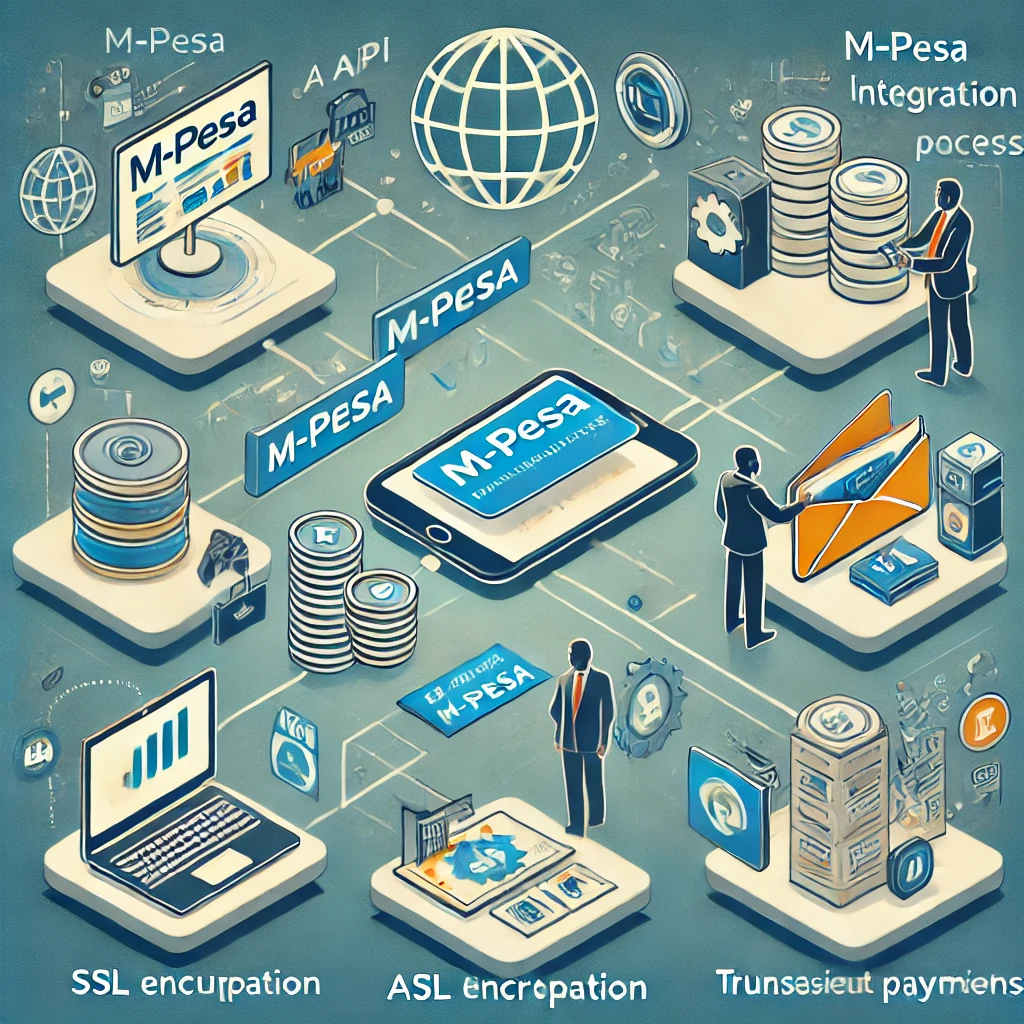No products in the cart.
The Impact of Autonomous Vehicles on the Insurance Industry
Autonomous vehicles are poised to revolutionize the transportation industry. And they’re already starting to make an impact on the insurance industry. In this blog, we’ll explore the changes that autonomous vehicles are bringing to the insurance industry and how insurers are adapting to this new technology.
The Impact of Autonomous Vehicles on the Insurance Industry
Changes to Insurance Policies and Premiums
Autonomous vehicles are expected to have a significant impact on traditional auto insurance policies. Since autonomous vehicles rely on advanced technology to operate. Accidents and damage may be caused by factors outside of the driver’s control. Therefore, insurance policies must account for these new risks.
One example is the reduction in liability for individual drivers, as accidents caused by software or system failure would likely shift responsibility to the automaker. As a result, insurers may need to adjust their policies to cover product liability for autonomous vehicle manufacturers, rather than individual driver liability.
Additionally, premiums for autonomous vehicles may differ from traditional auto policies, as autonomous vehicles have a lower risk of accidents than traditional vehicles. In fact, studies have shown that autonomous vehicles have a 90% lower accident rate than traditional cars. This reduction in risk could lead to lower premiums for autonomous vehicle owners.
Liability and Legal Issues
The rise of autonomous vehicles presents new liability and legal issues for the insurance industry. With traditional auto policies, the driver is typically held responsible for any accidents or damage caused by their vehicle. However, with autonomous vehicles, the responsibility may shift to the manufacturer or software provider.
One example of this is the case of the fatal crash involving a Tesla Model S in 2016. The car was in Autopilot mode, and the driver was killed when the car collided with a semi-truck. The National Transportation Safety Board determined that the cause of the accident was a combination of the driver’s over-reliance on the Autopilot system and Tesla’s inadequate safety measures.
As a result, Tesla faced a number of lawsuits, including one from the family of the deceased driver. These types of cases highlight the importance of liability issues and the need for clear guidelines around the responsibilities of the manufacturer, software provider, and the vehicle owner.
Implications for Personal Injury Claims and Litigation
Another potential impact of autonomous vehicles on the insurance industry is the effect on personal injury claims and litigation. As the responsibility for accidents shifts from individual drivers to manufacturers or software providers, it may become more difficult for individuals to receive compensation for injuries sustained in a collision.
However, autonomous vehicles may also reduce the number of accidents and therefore the number of personal injury claims. This reduction in claims could result in lower premiums for drivers of autonomous vehicles.
New Products and Services
As autonomous vehicles become more common, insurers are developing new products and services to meet the changing needs of drivers. For example, some insurers are offering “black box” technology that records data about how the vehicle is being driven. This technology could help insurers assess risk and determine premiums for autonomous vehicle policies.
Another example is the use of telematics to monitor driver behavior and provide feedback to help improve driving habits. This technology can help prevent accidents and improve safety for all drivers on the road.
Examples of Innovative Insurance Solutions for Autonomous Vehicles
One example of an innovative insurance solution for autonomous vehicles is the partnership between General Motors and Nationwide Insurance. The partnership aims to provide coverage for accidents involving GM’s autonomous vehicles, including those under the Cruise brand.
The coverage will include liability and physical damage protection, as well as coverage for loss of use and personal property. In addition, GM will provide a $1 million insurance policy for drivers of its autonomous vehicles.
Another example of an innovative insurance solution is the development of usage-based insurance policies. These policies are designed to adjust premiums based on the number of miles driven, as well as the time of day and driving behavior. With autonomous vehicles, insurers can collect more accurate data on driving habits, which could lead to more personalized and cost-effective policies for drivers.
Collaboration with Auto Manufacturers and Technology Companies
As autonomous vehicles continue to gain popularity, insurers are collaborating with auto manufacturers and technology companies to enhance safety and reduce risks associated with this new technology. These partnerships aim to develop new safety features, improve data collection, and mitigate risks associated with autonomous vehicles.
For example, Allstate has partnered with Arity, a technology company that specializes in collecting and analyzing driving data. Allstate uses Arity’s data to develop more personalized policies for its customers, including those with autonomous vehicles.
Similarly, State Farm has partnered with several automakers, including General Motors, to develop safety features and collect data on autonomous vehicle technology. State Farm is also working with the National Safety Council to develop guidelines for autonomous vehicle safety.
Conclusion
In conclusion, autonomous vehicles are changing the landscape of the insurance industry. Insurers are adapting to this new technology by adjusting policies and premiums, addressing liability and legal issues, developing new products and services, and collaborating with auto manufacturers and technology companies.
As autonomous vehicles become more common on the road, the insurance industry will need to continue to innovate and adapt to meet the changing needs of drivers. With collaboration and innovation, insurers can help ensure the safe and effective adoption of autonomous vehicles while providing cost-effective coverage for drivers.





